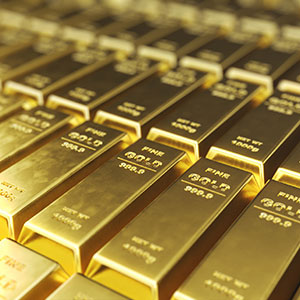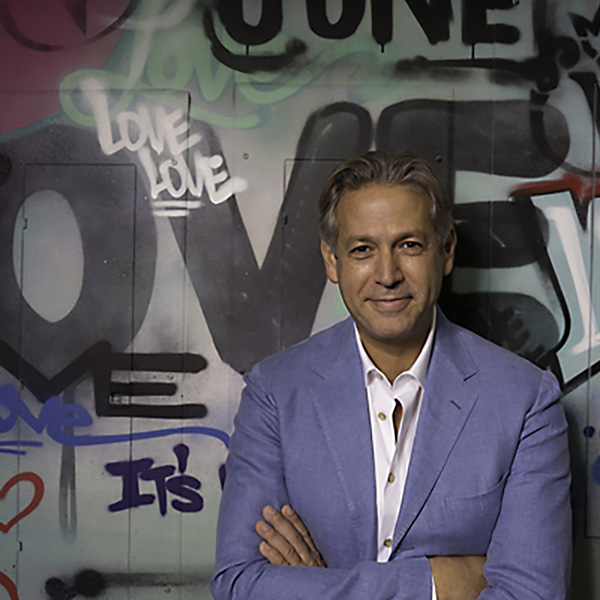
For a broad understanding of the wedding jewelry market and the twists and turns that have shaped it over the past quarter century, you can’t do better than Barry Verragio (pictured). From his design studio on Fifth Avenue in New York City, the founder and head designer of Verragio has a bird’s-eye view of the business.
With roughly 250 doors across the United States and Canada, the brand serves a core clientele of independent retailers. “Our largest door is Robbins Brothers—and we’ve been with them for many years,” Verragio tells JCK. “We’re one of their top premier bridal brands. They rely heavily on us for forward-looking styles and consumer leads.”
Below, Verragio shares his insights into the biggest disruptors to shape the bridal market since he founded his company in 1996 and what it all means for bridal retailers in today’s fast-changing marketplace.
What are the biggest changes to the bridal jewelry business you’ve seen in the 26 years that Verragio has been around?
When I started, a lot of my designs, it was a very simple ring with a baguette. A lot of simplicity. We were limited by technology. We didn’t have computer-aided design or 3D printers. There was a tremendous amount of limitation. But I was fortunate enough to have a big design studio and a lot of model makers, so we pushed the envelope. That gave me a foothold in a lot of prestigious retailers, particularly the ones that made bridal a big part of their business.
Back then, we did strictly platinum. As it became more expensive, platinum almost tripled in price, we transitioned to 18 karat around 2006–2007, and that allowed us to create a different sort of look because certain things you cannot cast in platinum. It’s a beautiful metal but not as forgiving. When we went into 18 karat we were at the forefront of computer-aided design, and we started introducing new designs, designing mostly on the computer. The resolution of printers wasn’t nearly as fine as it is today, but it allowed us to make designs that were a lot more fashion-forward.
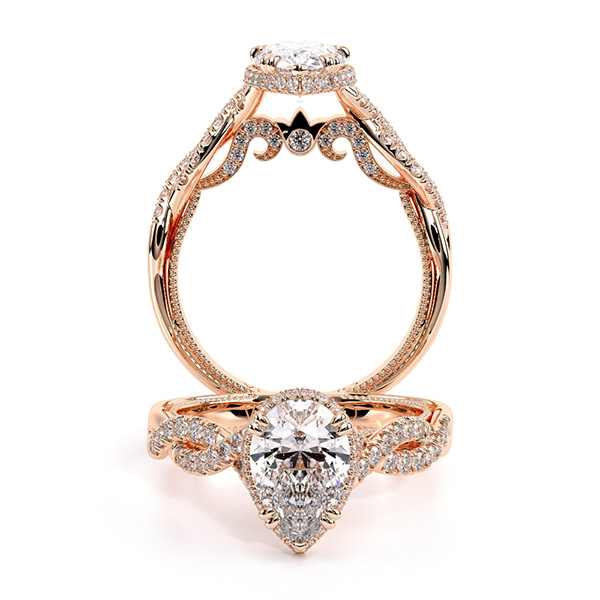
How did the use of CAD change your business?
Once we went into computer-aided design, it allowed us to start offering a tremendous amount of customizations. And not just on top [of the ring]. Look at the Venetian collection, even the bottom of the shank. The rings can include certain elements true to you, and the world doesn’t have to know about them. It’s something that’s just for you. And when I designed both the Venetian and Parisian collections, I knew they would launch us to new heights. And they did.
Which contemporary bridal jewelry trends do you think are most important for retailers to note?
I definitely see a changeover to a more classic, three-stone ring. I believe it is being driven by lab-grown diamonds. Previously, when a couple went in and they had a budget of say, $10,000, 70% of their budget would go to the diamond. You couldn’t really get that big of a stone. You were looking at a carat, a carat and a half maximum.
Today, you can spend a fraction and buy a 2-3 carat lab diamond. Halos were a dominant feature; now, you have that beautiful large stone. Consumers are leaning more into three-stone and a lot more elaborate engagement rings.
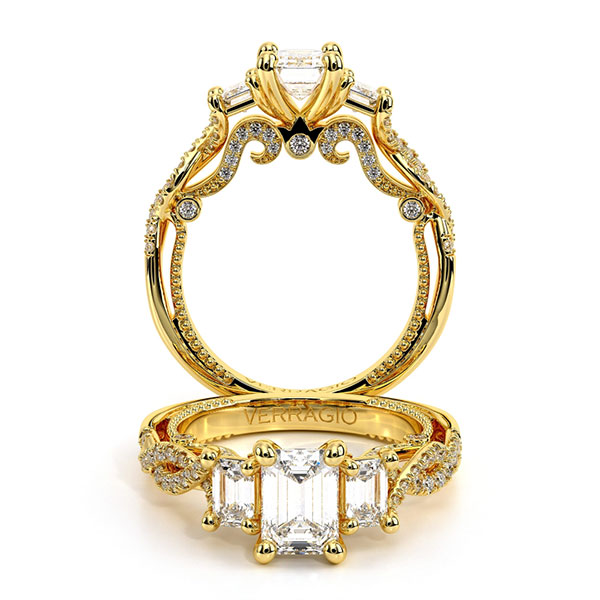
We haven’t seen budgets drop. The feedback we’re getting from stores at the middle to upper end of the market: Anything from $4,000 and up, the consumer is holding up extremely well.
When budget is an issue, they are choosing lab over natural. The purchase is not being made for environmental reasons; it’s the financial aspect that ultimately drives the decision. It also allows her to pick a lot more elaborate mounting, and a lot more times it’s a bit more diamond intense. It will often be three-stone and if it’s a solitaire, it’s not just a simple setting, it’s very much dressed up, looks very elegant, and it has a unique feature that only she knows about—like a peekaboo diamond.
The possibilities are limitless. I find a lot of customization comes from retailer suggestions versus from the consumer. Because once you open that Pandora’s box, and say, ‘”Hey, 80% of Verragio’s business is custom, you tell us what you want and we’ll make it…”
What trends are you seeing in center stones?
We’re not touching lab center stones at all, but it is for sure—with great certainty—driving what the consumer is considering for an engagement ring. The last couple years specifically, through COVID, consumers were very much looking for bigger center stones. Previously, if I designed something for stock, something just to put into a case, retailers would typically ask for a 1-to-1.25 carat round diamond. Now I’m designing mountings that will hold a 2-plus carat.
Over the last five years, oval stones became like a staple. Round is still dominant, but then it went to oval.
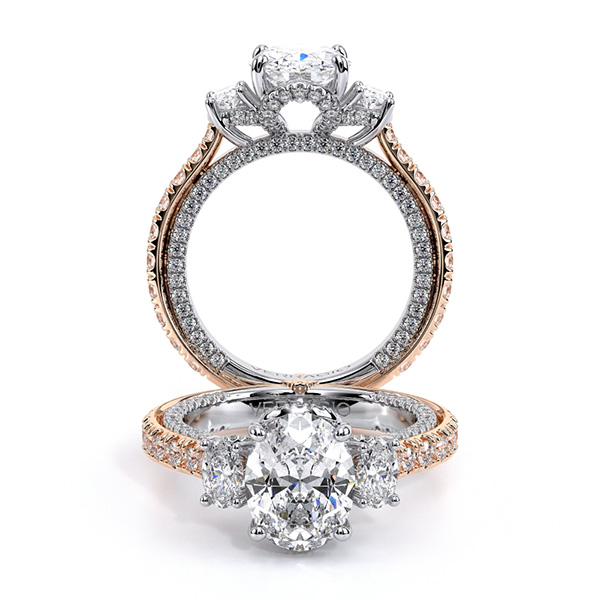
It’s not to say the entire market has shifted to lab. There are still stores who refuse to sell lab. And those who don’t see the value in lab. It will be interesting to see how the market plays out. Consumers are buying them because they can go up in size. And retailers are selling them because it’s giving them margin. But we both know the margins will get squeezed. My economics professor used to say, nature has an opening and then it tends to close.
I’ve seen retailers offering a lab diamond for free: “If you buy this mounting for $5,000, we will include, say, a carat-size center for free.”
As for the future, I believe retailers will sell both side by side. It definitely challenges brands like myself. Previously, you had a specific focus when it came to center stones. Now you want to make sure you’re satisfying the breadth of your brand to the retailer. We are dramatically remodeling our website now so we can show them a large amount.
What about Gen Z? What are they into, and how should retailers respond?
Jewelry as a whole is, for sure, being driven by Instagram and TikTok, because you do see influencers more than ever have jewelry on them. For the younger generation, the iPhone, iPad, anything Apple that was cool to have has played itself out. Now I’m getting bombarded: My kids want to come into my business in order to satisfy their friends’ needs.
We’re seeing it also in the men’s category. Our only exposure is wedding bands. But previously it was a category that was impossible to crack. The guy would spend $100, $200 on himself. Now we see a complete reversal.
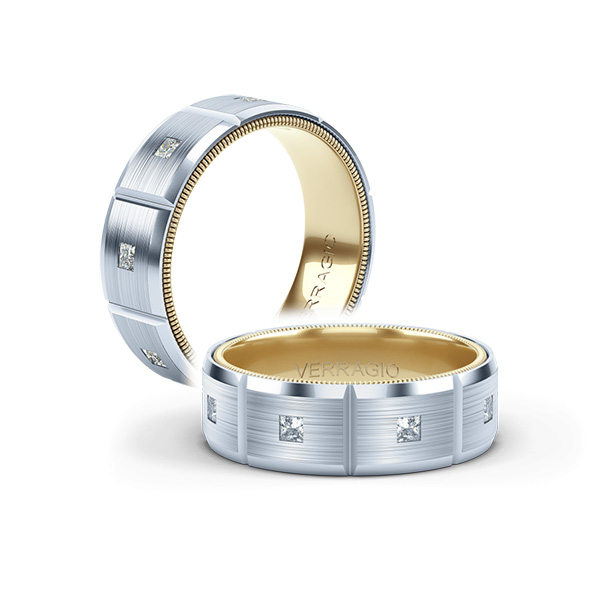
Guys love their wedding bands—to the point that it’s fully covered in diamonds. They’re open to gold or titanium. Definitely a lot more fashion-forward and very expressive. Next year we’re going to introduce men’s wedding bands that retail for $10,000. It’s the one category where we’ve been growing in leaps and bounds.
- Subscribe to the JCK News Daily
- Subscribe to the JCK Special Report
- Follow JCK on Instagram: @jckmagazine
- Follow JCK on X: @jckmagazine
- Follow JCK on Facebook: @jckmagazine

